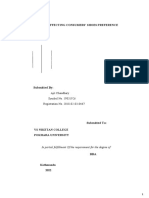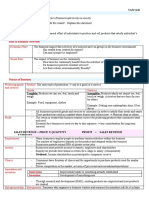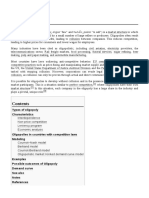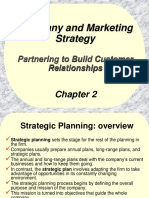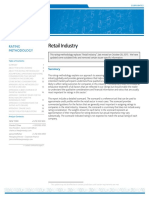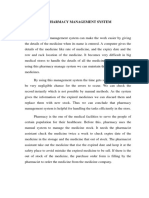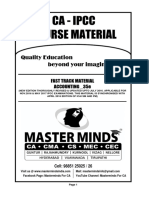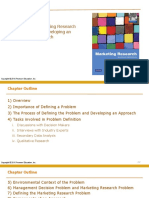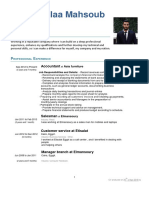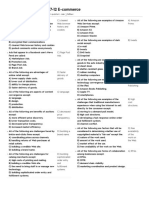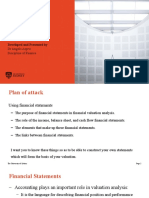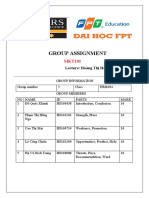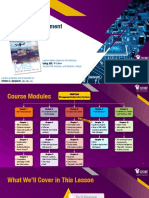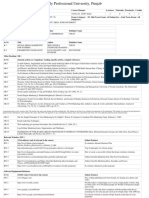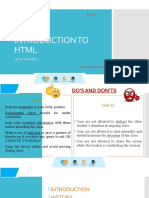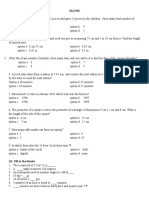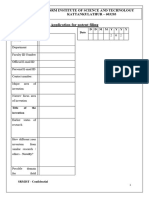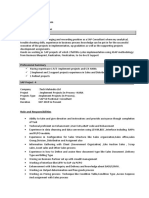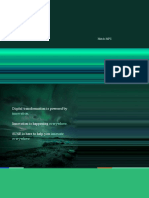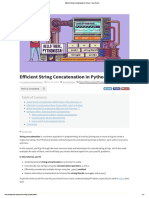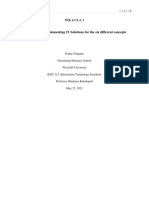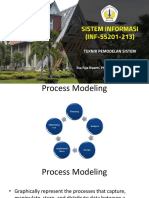0% found this document useful (0 votes)
187 views24 pagesIntroduction To M-Commerce
Mobile commerce (m-commerce) involves using mobile devices like mobile phones and tablets to conduct commerce transactions online. This includes purchasing goods, paying for services, and accessing information. The document discusses the definition of m-commerce, common mobile commerce services, challenges of small screens and slow speeds, and the benefits for both businesses and customers of using mobile platforms for commerce.
Uploaded by
Renu Bharat KewalramaniCopyright
© © All Rights Reserved
We take content rights seriously. If you suspect this is your content, claim it here.
Available Formats
Download as PPT, PDF, TXT or read online on Scribd
0% found this document useful (0 votes)
187 views24 pagesIntroduction To M-Commerce
Mobile commerce (m-commerce) involves using mobile devices like mobile phones and tablets to conduct commerce transactions online. This includes purchasing goods, paying for services, and accessing information. The document discusses the definition of m-commerce, common mobile commerce services, challenges of small screens and slow speeds, and the benefits for both businesses and customers of using mobile platforms for commerce.
Uploaded by
Renu Bharat KewalramaniCopyright
© © All Rights Reserved
We take content rights seriously. If you suspect this is your content, claim it here.
Available Formats
Download as PPT, PDF, TXT or read online on Scribd
/ 24


